1-2. John Sergeant (1710-49) and John Konkapot (died c. 1765)
Early Settlers
Early founders of the town include John Sergeant, a young Congregational minister, and John Konkapot, the sachem, or leader, of a small band of Mohicans who would become known as the Stockbridge Indians.
In the early 1700s, the Mohican people, their numbers severely diminished by war and disease, had retreated from their homes along the Hudson River to their hunting grounds in the southern Berkshires. As more and more English settlers populated the area, the tribe’s territory and well-being began to decline. To forestall further deterioration, they agreed in 1734 to the establishment of a Congregational mission. In 1736, the tribe settled its few families, about 50 people, on the plain that became known as Indian Town and accepted John Sergeant as the first missionary.
Sergeant was devoted to the Mohicans and his role as a religious missionary, striving to better their living conditions, learn their language, and run a school for the children. Sergeant’s mission was supported by the colonial legislature, which chartered the town in 1737 and incorporated it in 1739 as the town of Stockbridge. Konkapot and Umpachene, another Mohican leader who had joined the settlement, became selectmen in the new town's first government. For a time, the mission and the Mohicans prospered.
Despite the land being "guaranteed to the Indians forever," white settlers began to circumvent the guarantee. After Sergeant's death in July 1749, the situation steadily worsened. The Mohicans fought alongside other town residents in the American Revolution, but by the war's end, their lands had been appropriated and they were largely segregated from the growing white settlement. Most, if not all, of the remaining tribal members had moved to the Oneida tribe's reservation in New York State by 1785. The Stockbridge Indians moved at least three more times, finally settling on a reservation near Shawano, Wisconsin. Their descendants still regard Stockbridge as their ancestral home, and tribal representatives work closely with the Stockbridge Library, Museum & Archives and other interested parties to preserve the town's Native American heritage.
2. John Konkapot (died c. 1765)
Early Settlers
Our tour begins with the founders of the town: John Sergeant (1710-49), a young Congregational minister, and John Konkapot (died c. 1765), the sachem, or leader, of a small band of Mohican Indians.
In the early 1700s, the Mohican Indians, their numbers severely diminished by war and disease, had retreated from their homes along the Hudson River to their hunting grounds in the southern Berkshires. As more and more English settlers populated the area, the tribe’s territory and well-being began to decline. To forestall further deterioration, they agreed in 1734 to the establishment of a Congregational mission. In 1736, the tribe settled its few families, about 50 people, on the plain that became known as Indian Town and accepted John Sergeant as the first missionary.
Sergeant was devoted to the Mohicans and his role as a religious missionary, striving to better their living conditions, learn their language, and run a school for the children. Sergeant’s mission was supported by the colonial legislature, which chartered the town in 1737 and incorporated it in 1739 as the town of Stockbridge. Konkapot and Umpachene, another Mohican leader who had joined the settlement, became selecten in the new town's first government. For a time, the mission and the Indians prospered.
Despite the land being "guaranteed to the Indians forever," white settlers began to circumvent the guarantee. After Sargeant's death in July 1749, the situation steadily worsened. The Mochians fought alongside other town residents in the Revolution, but by the war's end, their lands had been appropriated and they were largely segregated from the growing white settlement. Mose, if not all, of the remaining members had moved to the Oneida tribe's reservation in New York State by 1785. The Stockbridge Indians moved at least three more times, finally settling on a reservation near Shawano, Wisconsin. Their descendants still regard Stockbrdige as their ancestral home, and tribal representatives work closely with the Stockbridge Library, Museum & Archives and other interested parties to preseve the town's Native American heritage.
3. Timothy Edwards (1738-1813)
Early Settlers
Timothy Edwards was the son of renowned theologian, Jonathan Edwards, who succeeded the first minister, John Sergeant. Jonathan Edwards lived in Stockbridge from 1751-1758 when he was named president of the College of New Jersey, now Princeton. As the oldest son, Timothy Edwards, remained in Stockbridge, where he lived in and ran a store from The Elms, a house now owned by the Austen Riggs Center.
Esther Edwards, sister of Timothy, was married to Aaron Burr, Sr. When she died in 1758, Timothy was named guardian of their son, Aaron Burr, Jr., who became vice president of the United States in 1801. In 1804, Aaron Burr, Jr. fatally shot Alexander Hamilton in a duel, and was tried for and acquitted of treason.
4. Agrippa Hull (1759-1848)
Early Settlers
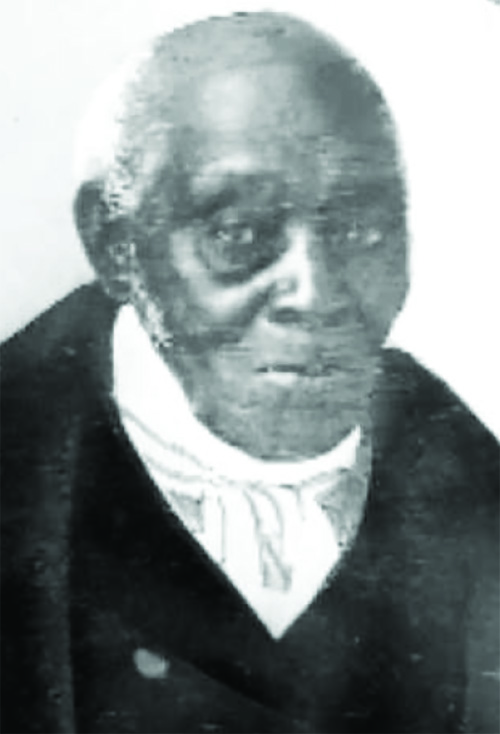
Agrippa Hull was a free black man who moved to Stockbridge as a child and who enlisted in the Continental Army when he was 18. In time, Hull became the orderly to Thaddeus Kosciuszko, the Polish military engineer who was designing the fortifications at West Point. The unlikely pair formed a good working relationship, and Hull accompanied Kosciuszko on his military engineering projects throughout the colonies. Hull left the army in 1783 and returned to Stockbridge. He contracted with several Stockbridge families for various jobs, often helping put together parties and other social events and acting as master of ceremonies on occasion. In the Sedgwick household, Hull met Elizabeth Freeman, a former slave who, with the help of Theodore Sedgwick, had won her freedom in 1781. Hull used his limited resources well, adding steadily to a small plot of farmland he bought in 1785 and eventually owning more land than any other African-American landowner in Stockbridge and more than many white landowners as well.
5. Theodore Sedgwick
The Sedgwick Pie
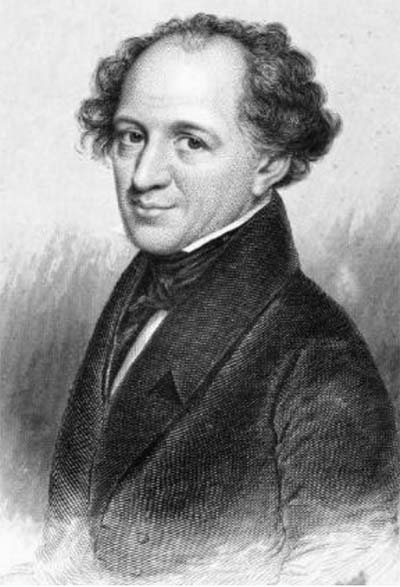
Buried at the center of this “pie” is Theodore Sedgwick, the scion of the family. An attorney, Sedgwick served in the Continental Congress and in both the U.S House and U.S. Senate. He was House Speaker in 1801 when the electoral college ended in a tie between Thomas Jefferson and Aaron Burr Jr., forcing the election into the House for a decision. Thirty-six ballots were needed before Jefferson won a majority, making him president and Burr vice president.
A distinctive feature of the Stockbridge Cemetery is the so-called Sedgwick Pie, located toward the rear of the burial ground, where many generations of the Sedgwick family have been laid to rest.
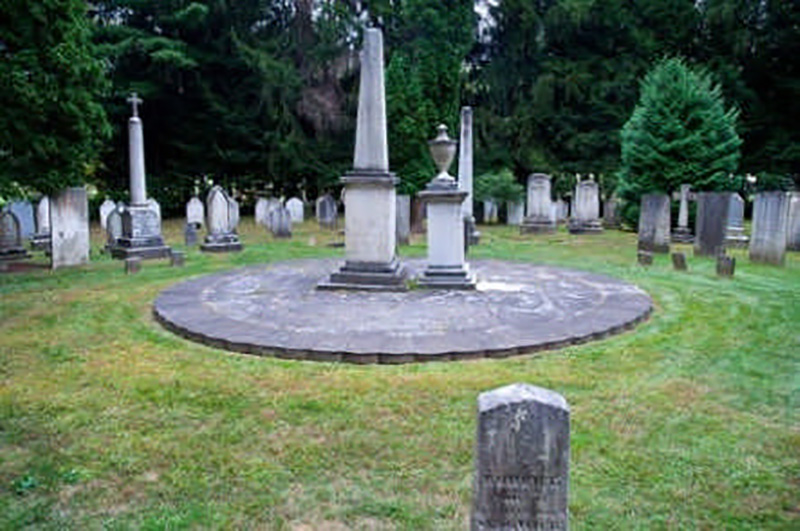
6. Elizabeth Freeman (c. 1744-1829)
The Sedgwick Pie
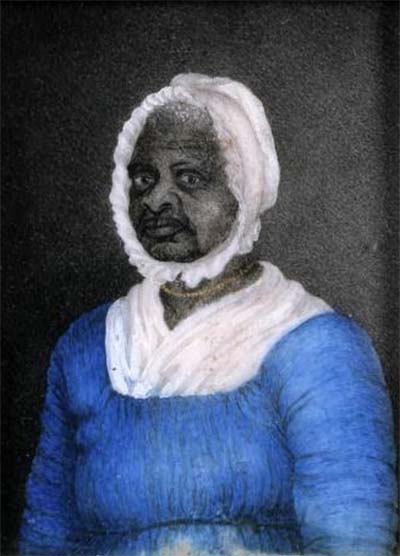
Elizabeth Freeman, an African-American slave, won her freedom in a legal case tried by attorney Theodore Sedgwick in 1781 that set a precedent for Massachusetts to ban slavery altogether. Although the stories surrounding her fight for freedom vary, after winning her case, Freeman became a caregiver in the Sedgwick household, where she was greatly loved by the many Sedgwick children, who called her Mum Bett. She eventually left the Sedgwick household, buying land near Agrippa Hull, where she lived until her death. Freeman is the only person unrelated to the family buried in the Sedgwick Pie. Her struggles for freedom have not been forgotten; her name now graces a Berkshire County organization providing services to those affected by domestic and sexual violence.
7. Catharine Maria
Sedgwick (1789-1867)
The Sedgwick Pie
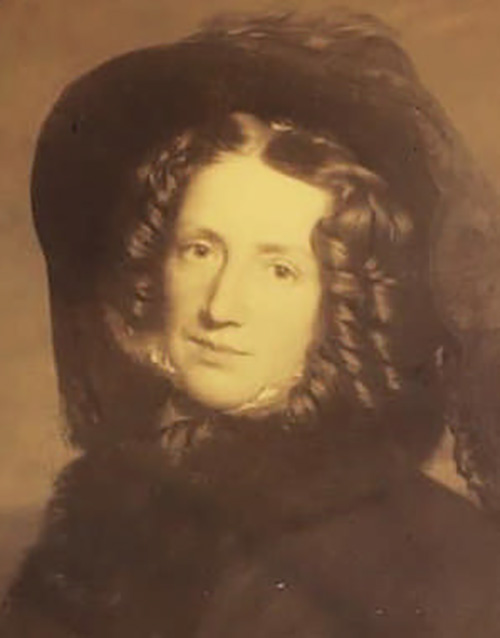
Catharine Maria Sedgwick, a prolific and popular author whose works, set firmly in the New England she knew, helped to shape a uniquely American literature. Sedgwick’s writings featured strong women and tended to take liberal attitudes about social issues. Her first novel, A New England Tale, was published in 1822 and dealt with religious intolerance. In Hope Leslie, published in 1827, Sedgwick focused on tolerance of and equity for Native Americans, ideas that were unpopular at the time. As one of the “Berkshire Authors,” along with Herman Melville, Nathaniel Hawthorne, and her good friend William Cullen Bryant, Sedgwick is often credited as being the first female American novelist.
8. David Dudley Field (1781-1867) and Submit Dickinson Field (1782-1861)
The Field Family
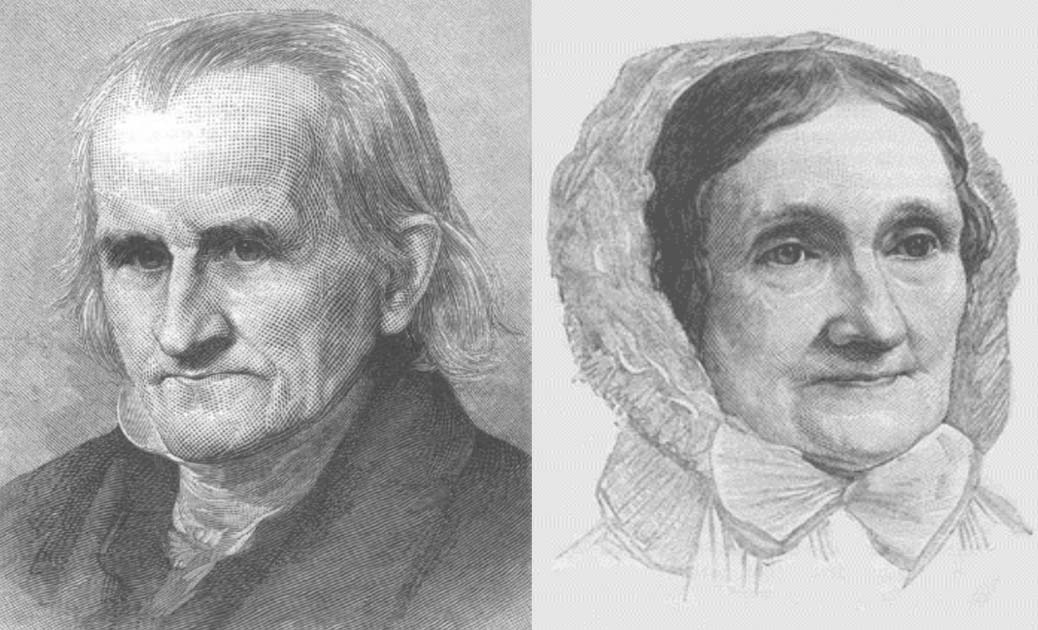
The Field family represents another prominent Stockbridge family and a number of family members are buried throughout the cemetery. The patriarch, Reverend David Dudley Field, was a beloved Congregational minister in the town, who is buried alongside his wife, Submit Dickinson Field, the daughter of Noah Dickinson, who was a veteran of the French and Indian War and served in the Continental Army.
9. Cyrus West Field (1819-1892)
The Field Family
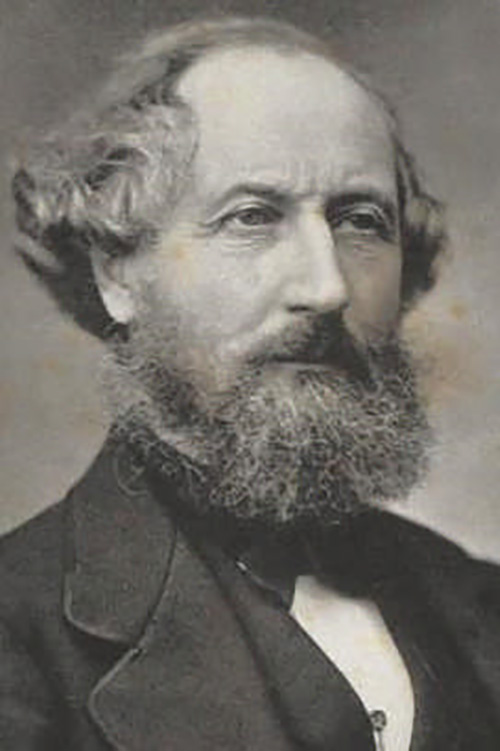
Cyrus West Field is perhaps the most widely recognized member of the Field family of Stockbridge. The son of David Dudley, Sr. and Submit Dickinson Field, he was a wealthy, well-connected businessman and indefatigable promoter of the first transatlantic telegraph cable. Cyrus Field and his team made several attempts over more than 10 years and finally laid the cable in 1868. This accomplishment meant that communications that had once taken weeks to cross the Atlantic to England could now be transmitted in minutes or hours. Although the cable was in service for only a handful of years, the technology had been proved, and undersea cables soon connected major countries around the world. Today, our Internet and Wi-Fi communications use satellites to transmit their signals, but also depend on nearly 750,000 miles of undersea cables, a number that grows every year.
10. Dudley David Field Jr. (1805-94)
The Field Family
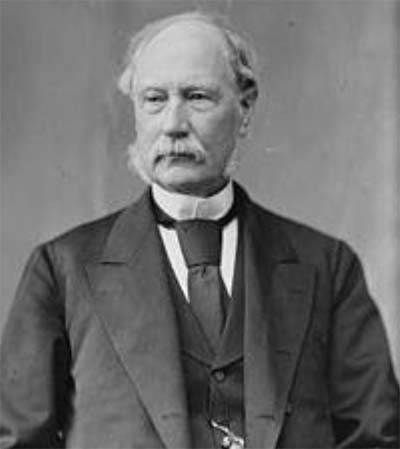
David Dudley Field, Jr., a wealthy attorney practicing in New York City, was as the oldest child of David Dudley, Sr. and Submit Dickinson Field. He was as prominent in the day as his younger brother Cyrus West Field. He codified New York State’s legal procedures, guaranteeing that all persons in the state accused of a crime were treated similarly under the law. He was also one of several attorneys defending the notorious “Boss Tweed” on charges of public corruption. Closer to home, David Dudley Field, Jr. is remembered as a committed conservationist who also arranged for the building of the Children’s Chime Tower which sits on the grounds of the Congregational Church in honor of his grandchildren.
11. Matthew Field (1811-70)
The Field Family
Matthew Field, a fourth child of David Dudley Field, Sr. and Submit Dickinson Field, was the third brother of David Dudley, Jr. and Cyrus W. Field. A self-taught engineer, he helped Cyrus with some of the technical aspects of the transatlantic telegraph cable project. Matthew also built several suspension bridges and railroads throughout the Midwest.
12. Stephen Dudley Field (1846-1913)
The Field Family
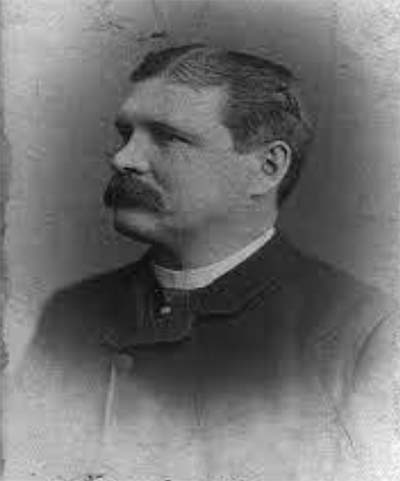
Stephen Dudley Field, was the son of Jonathan Edwards Field and grandson of David Dudley Field, Sr. and Submit Dickinson Field. An electrical engineer, he held more than 200 patents, including for the electric trolley car, the electric elevator, and the ticker tape machine.
13. Henry Martyn Field (1822-1907)
The Field Family
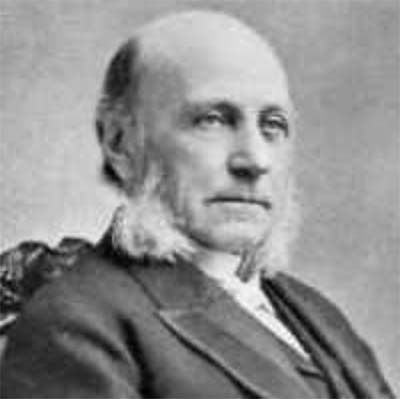
Henry Martyn Field was the youngest of the four Field brothers. A Presbyterian minister, he was widely respected as the editor and proprietor of The Evangelist, an influential Presbyterian journal published in New York City. He also wrote some of the first popular travel books. His wife was Henriette Desportes.
14. Henriette Desportes (1816-75)
The Field Family
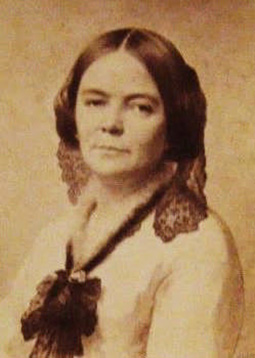
Henriette Desportes was the wife of Henry Martyn Field. She was involved in a murderous French scandal in 1847 that became one of the precipitating factors in the 1848 French Revolution. Henriette, a governess to the Duc de Praslin, was held as an accomplice after the Duc murdered his wife but was released for lack of evidence. It is unclear where and when Henry and Henriette met, but Henry was in Paris during the trial. Henriette moved to New York City, where she married Henry in 1851. They eventually moved to Stockbridge, where she was known as “The French Mrs. Field.”
15. Rachel Field (1894-1942)
The Field Family
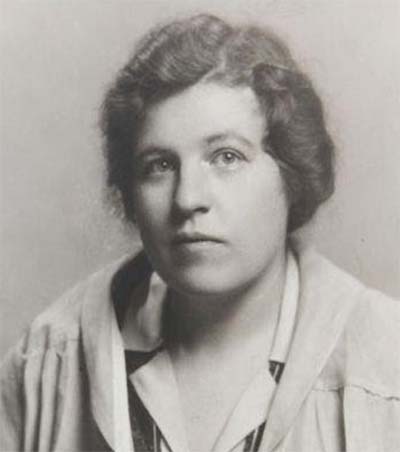
Author Rachel Field was the great niece of Henry Martyn Field and Henriette Desportes Field. In 1938, she wrote All This, and Heaven Too, a book (later a movie) about Henriette Field’s involvement in a murderous French scandal. Field might be better known for her book, Hitty, Her First Hundred Years, for which she became the first woman to win the annual Newbery Award for children’s literature in 1930. (Hitty, a tiny, unassuming wooden doll is on display at the Stockbridge Library, Museum & Archives.) Field wrote 21 plays, 15 children’s books, six adult novels, and several books of poetry.
16. Charles McBurney (1845-1913)
Medicine
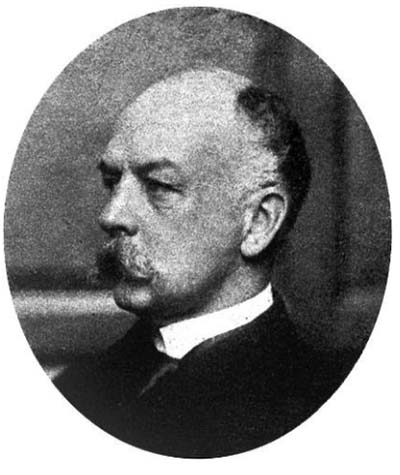
Charles McBurney was a physician who identified “McBurney’s Point,” used in the diagnosis of appendicitis, and “McBurney’s Incision,” a surgical entry point that would do the least damage to surrounding muscle. A surgical specialist, he is remembered for helping pioneer the use of sanitary techniques in the operating room, including the use of rubber gloves. McBurney was also one of the doctors attending President William McKinley after he was shot by an assassin in 1901. Dr. McBurney retired to his summer home in Stockbridge in 1907, where he enjoyed golfing, fishing, and lecturing publicly about the dangers of pollution in the Housatonic River.
17. Austen Fox Riggs (1876-1940)
Medicine
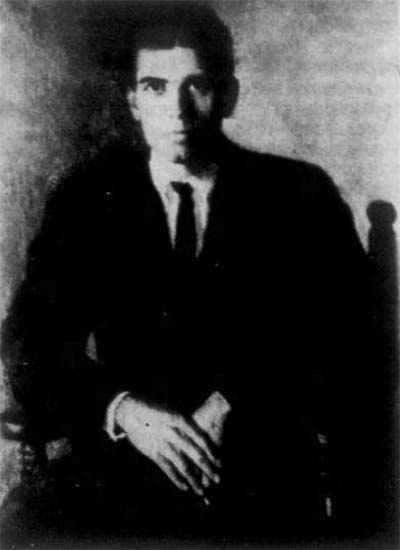
Austen Fox Riggs, was married to Alice McBurney Riggs and son-in law of Dr. Charles McBurney. An internist, he moved to Stockbridge in 1907 to recover from tuberculosis. Here Riggs pursued his interest in psychiatry, developing a system of treatment based on talk therapy and a lifestyle balanced among work, play, rest, and exercise. Riggs founded the Austen Riggs Foundation, Inc. in 1919, which was reorganized as the Austen Riggs Center after his death. The Center continues to provide leading psychological care to private patients. In addition to writing several books, Riggs took an active interest in town life, was the first Boy Scout troop leader, and engaged in several hobbies, including painting, photography, clog dancing, model-ship building, and drum playing.
18. Gertrude Robinson Smith (1881-1963)
The Arts
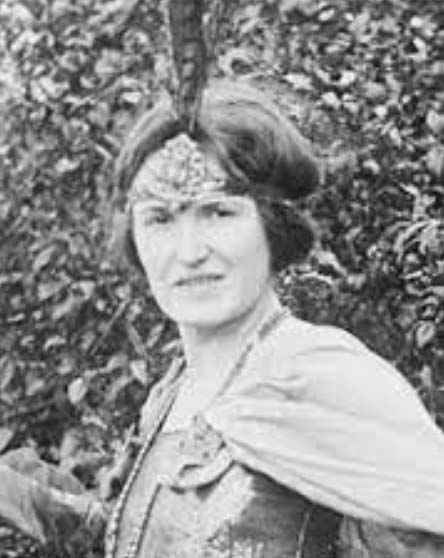
Gertrude Robinson Smith, a New York socialite with a summer home in Stockbridge, was a primary force behind the founding of the Berkshire Symphonic Festival in 1934. She also helped persuade conductor Serge Koussevitzky to bring the Boston Symphony Orchestra to the Berkshires for three concerts under a tent in 1936. In 1937, the Berkshire Symphonic Festival moved to an estate named Tanglewood that had been left to the festival committee. After a sudden storm deluged the large audience during a concert, Smith took the opportunity to go onstage during intermission and plead for money to help build a permanent pavilion. She reportedly raised $30,000 that very evening.
19. Joseph Franz (1882-1959)
The Arts
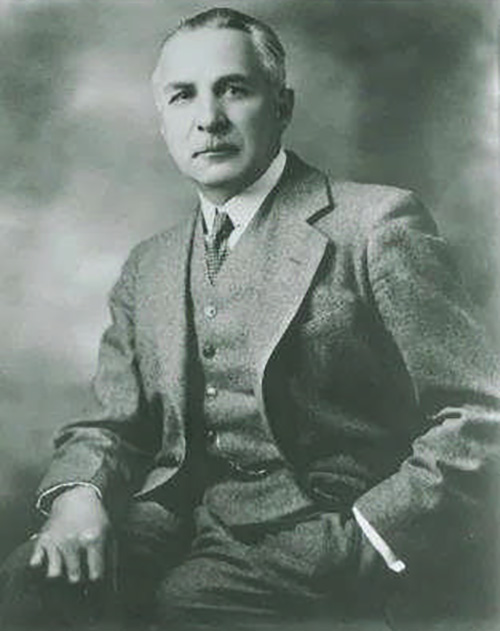
Joseph Franz built one of the earliest hydroelectric generating plants in the world located in West Stockbridge, designed the Ted Shawn Theater at Jacob’s Pillow, figured out how to transmit electricity through buried power lines in downtown Stockbridge, and supervised construction of many other buildings and electrical systems throughout the United States. A man of many talents, Franz was asked by the Berkshire Symphonic Festival Committee to modify design plans by architect Eliel Saarinen for a pavilion and to construct the Tanglewood Music Shed, which opened in time for the 1938 summer season.
20. Henry Augustus Lukeman (1872-1935)
The Arts
Henry Augustus Lukeman was an American sculptor known for his historical monuments, among them Stone Mountain Confederate Memorial in Georgia and the Soldiers and Sailors Monument in Pittsfield’s Memorial Park.
21. Norman Rockwell (1894-1978)
The Arts
Norman Rockwell, perhaps the most beloved illustrator in the United States, spent the last 25 years of his life in Stockbridge, where he used the town and its people as inspiration for his art. Rockwell’s career began in his teens, when he was hired as the art director for Boy’s Life magazine. He painted his first cover for the Saturday Evening Post when he was 22, creating 323 covers between 1916 and 1963. He painted his still popular “Four Freedoms” in 1943. In his later years. Rockwell turned more and more to social issues, among them race relations and space exploration. To learn more about Norman Rockwell, visit the Norman Rockwell Museum in Stockbridge, MA.
22. Frederick L. Leuchs (1926-99)
The Arts
Frederick L. Leuchs, a designer of stained glass windows, made windows for private clients as well as for public buildings and churches, among them the Library of Congress and the Cloisters in New York City.
23. George H. Seeley (1880-1955)
The Arts
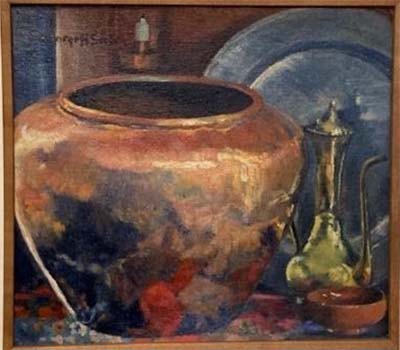
George H. Seeley was a photographer who, along with fellow artists Alfred Stieglitz and Edward Steichen, sought to have photography accepted as an art form. His work won numerous awards and can be seen in many art museums. A lifelong resident of Stockbridge, Seeley was the superintendent of art in the town’s schools.
24. Nathan G. Horwitt (1898-
1990)
The Arts

Nathan G. Horwitt was a designer whose best- known work is the “dot” watch, also known as the Movado (for its producer) or Museum (for its inclusion in the collection of New York’s Museum of Modern Art) watch. The watch is a black disk without numerals and only a white dot at the 12 o’clock position. Horwitt, a follower of the Bauhaus School, designed several other objects, including the tubular “Beta” chair and an adjustable picture frame.
25. Richard R. Bowker (1848-1933)
Other Notables
26. Nina Duryea (1874-1951)
Other Notables
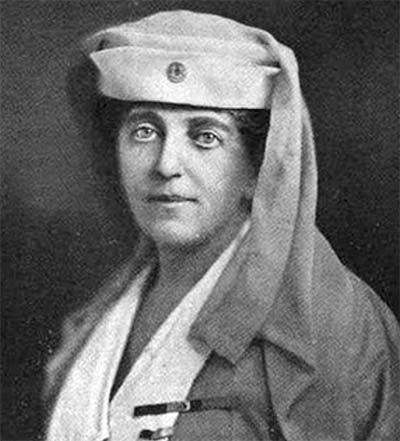
Nina Duryea was an organizer of and fundraiser for Duryea War Relief during World War I, which distributed food, clothing, medicine, and other necessities to an estimated 70,000 war survivors and refugees in France. She was decorated by several European countries for her contributions.
27. Mary Hopkins Goodrich (1814-95)
Other Notables
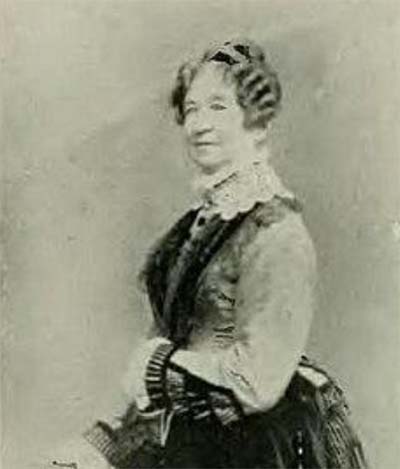
Mary Hopkins Goodrich was born in Stockbridge in 1814 and founded the Laurel Hill Association (1853), the oldest existing village improvement society in the United States, which now owns and maintains more than 460 acres of conservation and recreation land in Stockbridge.
28. Reinhold Niebuhr (1892-1971)
Other Notables
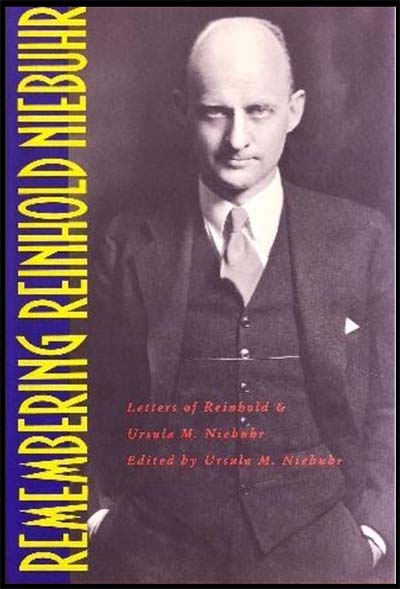
A leading Protestant philosopher and political thinker of the mid-20th century. Niebuhr is considered by many to be the author of the Serenity Prayer.
29. Frederick Wurtzbach (1837-1909)
Other Notables
A native of Germany who moved to Stockbridge in 1865 and developed the first practical means for making wood pulp. The process and later refinements quickly replaced rag pulp in papermaking, making books, magazines, and other paper-based products cheaper to produce and thus more widely available to the public.
























We’re more social than ever!
Join us on Instagram and Facebook for news, fun photos, and more!
Be in the know about events and news!
Get regular updates on library news and events delivered to your inbox!
Join the Mailing List